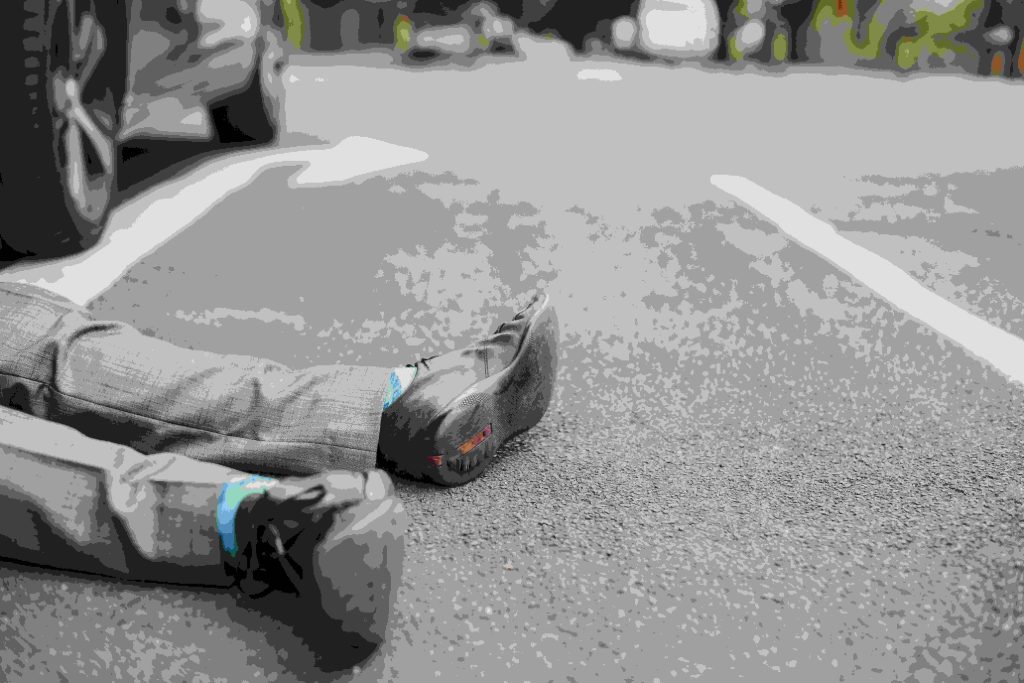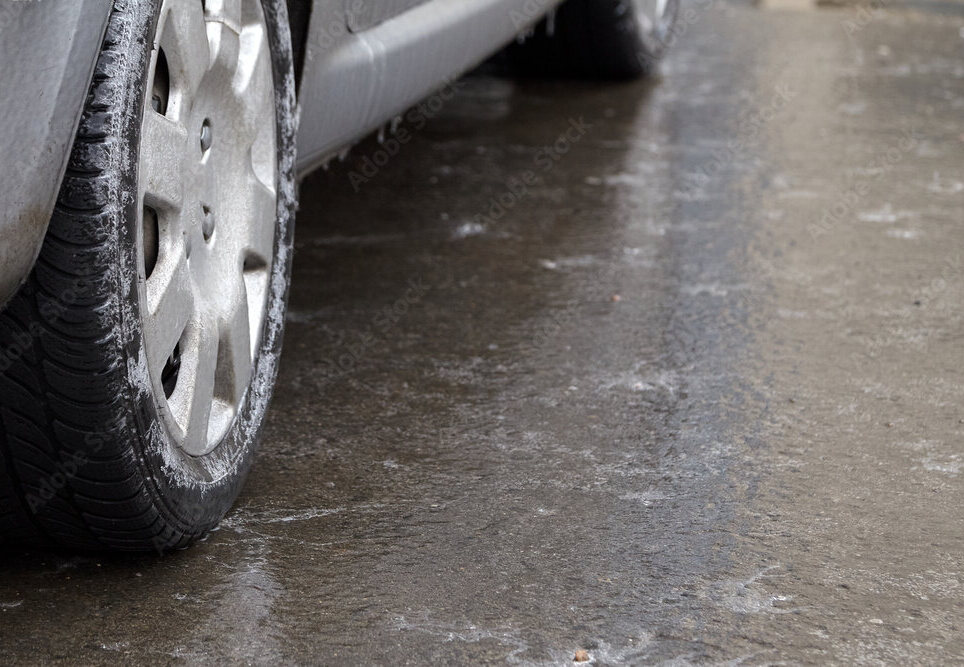Contractual and Extracontractual Liability
In Colombia, civil liability has been regulated since 1887 in articles 2341 and 1602 to 1617 of the Civil Code. It derives from the duty of every person not to cause harm to another and from the right of every person not to be caused harm.
It is the obligation to make reparation to a person, who may be a legal or natural person, for a damage that has been caused, so that it is equal or as similar as possible to the state in which it was before the damage suffered. It can be of two types: contractual or extra-contractual.


Contractual Liability
Contractual liability arises when there is a contract involving two or more parties and, by virtue of that contract, damage is caused to one of them. There the affected party may request the judge to force the non-performing party to compensate the damages caused due to the unfulfilled contractual obligation.


Tort Liability
Non-contractual liability occurs when there is no contract between the parties involved but one of them causes damage to the other. The affected party must request the judge to compel the tortfeasor to compensate the damages caused by virtue of such damage.
The Damage
The damage may be produced by a person or by an asset belonging to him. It may happen that the person called to respond is not the same person who caused the damage, for example in cases where the damage is caused by a minor under 12 years of age, then it will be the person responsible for this minor who will have to compensate the person to whom the damage was caused. Civil liability can be of two types: contractual or extra-contractual.
In the process, the plaintiff (who suffers the damage) must prove:
- Liability-generating event: the event that generated the damage.
- Causal link: that the damage was a consequence of the determined event.
- Damage: that due to that fact damage was actually caused.
- Nexus of imputation: that the event occurred if it is attributable to the defendant.
If the plaintiff fails to prove any of these 4 requirements, the process will not be positive for the plaintiff and the defendant will not be convicted.
Regardless of the type of liability involved, the defendant has two defense possibilities in the process:
- Extraneous cause: it is an event outside the defendant’s control that led him to cause the damage, this event must be unforeseeable (he could not have known it was going to happen) and irresistible (he had no way to avoid it).
- Justifying event: it is some circumstance that led to the defendant having to cause the damage.
Once the defendant proves one of these 2 elements, it is generally exonerated from liability. However, in cases in which the plaintiff proves that the defendant acted with malice (with the intent to cause the damage) or with negligence (in a reckless manner), the judge may convict the defendant even if he proves either of these two elements.
Prescription
In civil liability there is a statute of limitations that is interrupted at the time the lawsuit is filed. In contractual matters, the statute of limitations is 5 years from the breach of the obligation, while in non-contractual matters it is 1 year from the causation of the damage. If the fact prescribes, it will not be possible to claim before a judge for the damage suffered. In general, legal proceedings in civil liability matters can take approximately 2 years.
References:
- (2021, January 5). The evolution of civil liability in Colombia. Law, debate & people magazine. https://www.revistaderecho.com.co/2020/11/10/la-evolucion-de-la-responsabilidad-civil-en-colombia/
- Liability / Gerencie.com. (n, f.). https://www.gerencie.com/responsabilidad-civil.html
- Laws since 1992 – Express validity and constitutionality control (CODIGO_CIVIL_PR073). (n, f.). http://www.secretariasenado.gov.co/senado/basedoc/codigo_civil_pr073.html#:~:text=ARTICULO%202341.,culpa%20o%20el%20delito%20cometido



